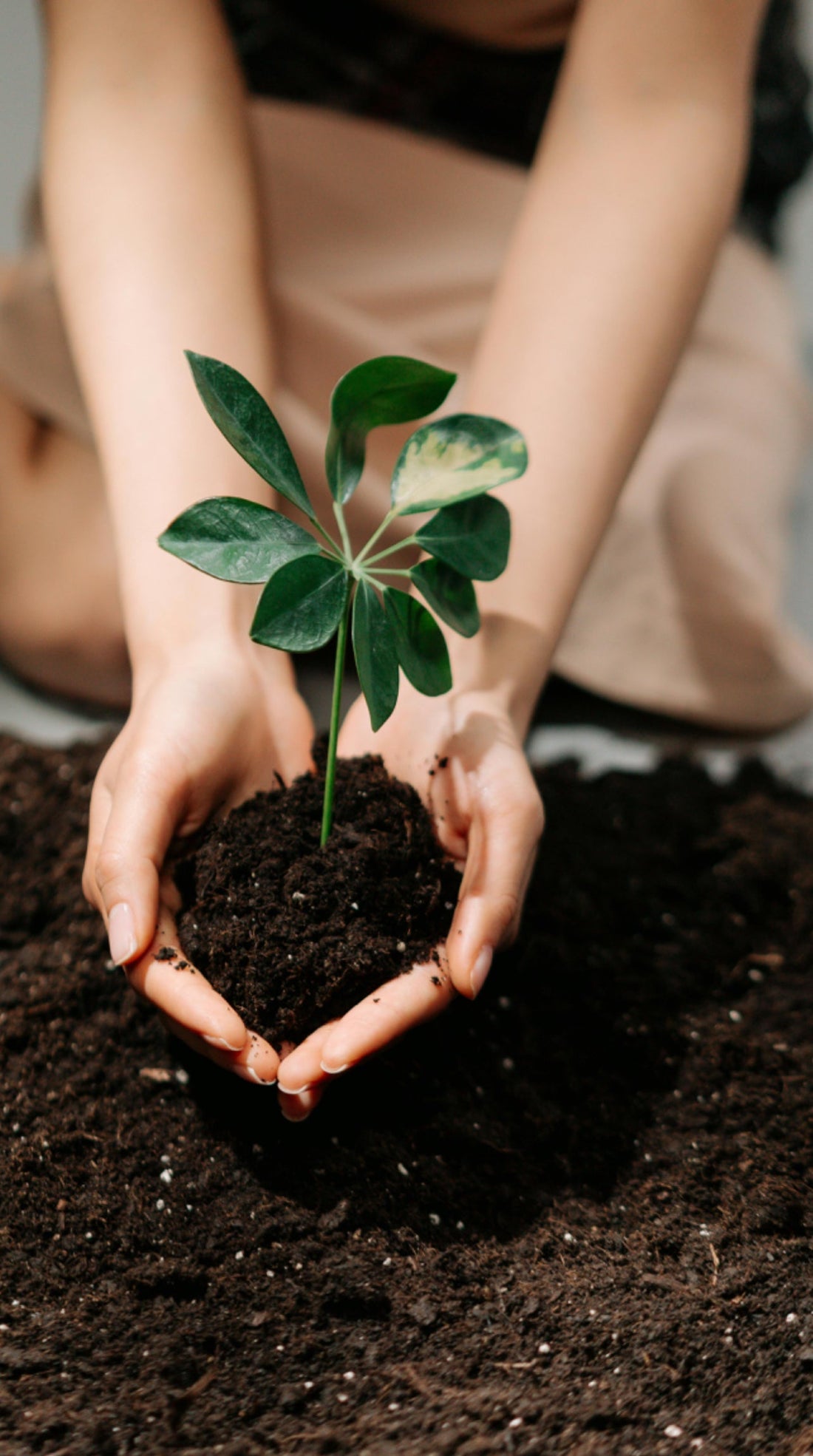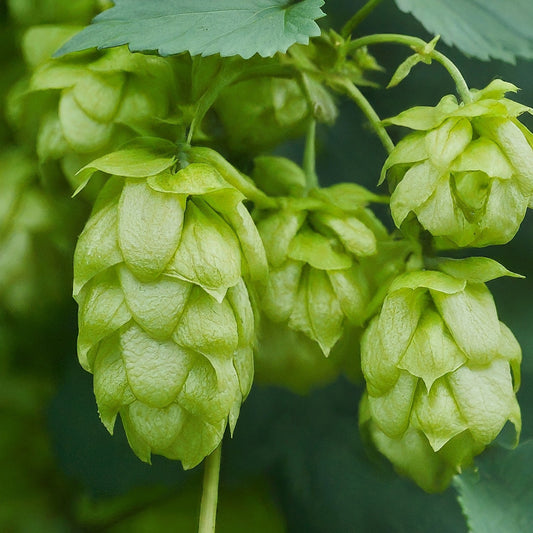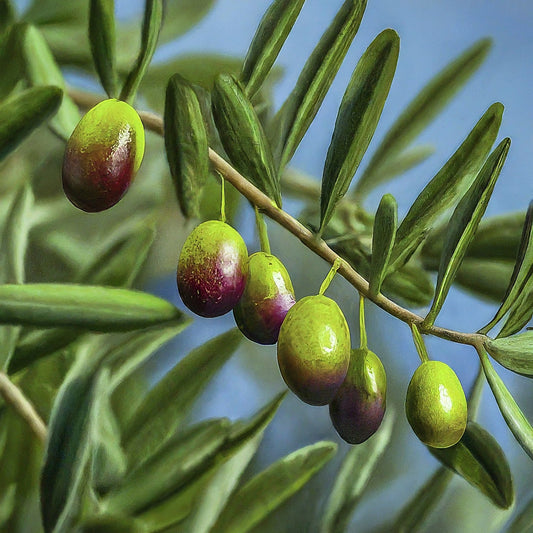
How to Grow Your Own Tree from Seed: A Comprehensive Guide
How to Grow Your Own Tree from Seed: A Comprehensive Guide
Growing your own tree from seed is a rewarding and educational experience, allowing you to witness the transformation of a tiny seed into a majestic tree. Whether you're looking to enhance your garden with new trees or simply want to try your hand at something new, growing trees from seed is a fulfilling project. And for those looking for a convenient start, products like our Seeds In A Cup: Tree Grow Kits provide everything you need to begin this fascinating journey.
Here’s a detailed guide on how to grow various types of trees from seed, including specific steps and tips for different species.
1. General Steps for Growing Trees from Seed
-
Collect Seeds
-
Collect seeds from healthy, mature trees. For many species, the best time to collect seeds is in the fall when they naturally drop from the tree.
-
-
Prepare Seeds
-
Depending on the species, seeds may need special treatment before planting. This can include soaking, cold stratification (simulating winter conditions), or scarification (scratching or nicking the seed coat).
-
-
Planting Seeds
-
Use a good-quality seed-starting mix and plant seeds at the appropriate depth. Generally, seeds should be planted at a depth equal to their diameter.
-
-
Germination
-
Place the planted seeds in a warm, bright location. Keep the soil consistently moist but not waterlogged.
-
-
Transplanting Seedlings
-
Once seedlings have developed a few sets of true leaves, they can be transplanted into individual pots or directly into the ground if conditions are suitable.
-
-
Care and Maintenance
-
Young trees need regular watering, protection from pests, and occasional feeding with a balanced fertilizer.
-
2. Specific Trees and Their Requirements
Oak Trees (Quercus spp.)
-
Collecting Seeds: Gather acorns in the fall once they have naturally fallen from the tree. Choose acorns that are free from holes and cracks.
-
Preparation: Soak acorns in water for 24 hours. Discard any that float as they are likely not viable. Cold stratify by placing acorns in a plastic bag with moist sand or peat moss in the refrigerator for 6-12 weeks.
-
Planting: Plant acorns in pots with a seed-starting mix, about 1 inch deep. Keep them in a bright, warm location.
-
Germination: Germination can take several weeks to months. Keep the soil consistently moist.
-
Transplanting: Transplant seedlings when they are 4-6 inches tall. Acorns can also be planted directly in the ground in the fall.
Maple Trees (Acer spp.)
-
Collecting Seeds: Collect maple seeds (samaras) in late spring to early summer when they begin to fall.
-
Preparation: Some maple species require cold stratification. Place seeds in a plastic bag with moist sand or peat moss in the refrigerator for 90-120 days.
-
Planting: Plant seeds in pots with a seed-starting mix, about 1/2 inch deep.
-
Germination: Keep the soil moist and place the pots in a bright location. Germination can take a few weeks to several months.
-
Transplanting: Transplant seedlings when they are a few inches tall and have developed true leaves.
Pine Trees (Pinus spp.)
-
Collecting Seeds: Collect pine cones in the fall and allow them to dry. Extract the seeds by shaking the cones.
-
Preparation: Soak seeds in water for 24 hours. Cold stratify by placing seeds in a plastic bag with moist sand or peat moss in the refrigerator for 30-60 days.
-
Planting: Plant seeds in pots with a seed-starting mix, about 1/4 inch deep.
-
Germination: Keep the soil moist and place the pots in a bright location. Germination can take a few weeks.
-
Transplanting: Transplant seedlings when they are about 4-6 inches tall and have developed several sets of true needles.
Apple Trees (Malus spp.)
-
Collecting Seeds: Collect seeds from ripe apples. Clean the seeds thoroughly.
-
Preparation: Cold stratify the seeds by placing them in a plastic bag with moist sand or peat moss in the refrigerator for 70-80 days.
-
Planting: Plant seeds in pots with a seed-starting mix, about 1/2 inch deep.
-
Germination: Keep the soil moist and place the pots in a bright location. Germination can take a few weeks.
-
Transplanting: Transplant seedlings when they have developed several sets of true leaves. Note that apple trees grown from seed may not produce fruit identical to the parent tree.
Cherry Trees (Prunus spp.)
-
Collecting Seeds: Collect seeds from ripe cherries. Clean the seeds and remove any remaining fruit flesh.
-
Preparation: Cold stratify the seeds by placing them in a plastic bag with moist sand or peat moss in the refrigerator for 90-120 days.
-
Planting: Plant seeds in pots with a seed-starting mix, about 1/2 inch deep.
-
Germination: Keep the soil moist and place the pots in a bright location. Germination can take several weeks to months.
-
Transplanting: Transplant seedlings when they have developed true leaves. Cherry trees grown from seed may not produce fruit identical to the parent tree.
Walnut Trees (Juglans spp.)
-
Collecting Seeds: Collect walnuts in the fall once they have fallen from the tree. Remove the husk and clean the seeds.
-
Preparation: Cold stratify the seeds by placing them in a plastic bag with moist sand or peat moss in the refrigerator for 90-120 days.
-
Planting: Plant seeds in pots with a seed-starting mix, about 2 inches deep.
-
Germination: Keep the soil moist and place the pots in a bright location. Germination can take several weeks to months.
-
Transplanting: Transplant seedlings when they have developed true leaves and are a few inches tall.
Citrus Trees (Citrus spp.)
-
Collecting Seeds: Collect seeds from ripe citrus fruits. Clean the seeds thoroughly.
-
Preparation: Citrus seeds generally do not require stratification. Plant seeds directly after cleaning.
-
Planting: Plant seeds in pots with a seed-starting mix, about 1/4 inch deep.
-
Germination: Keep the soil moist and place the pots in a warm, bright location. Germination can take a few weeks.
-
Transplanting: Transplant seedlings when they have developed several sets of true leaves. Citrus trees grown from seed may take several years to produce fruit.
Conclusion
Growing your own tree from seed is a rewarding process that requires patience and care. By following these steps and tips for various types of trees, you can enjoy watching your seedlings grow into mature trees. Each species has its own unique requirements, so be sure to tailor your approach accordingly. Happy planting! 🌱🌳



